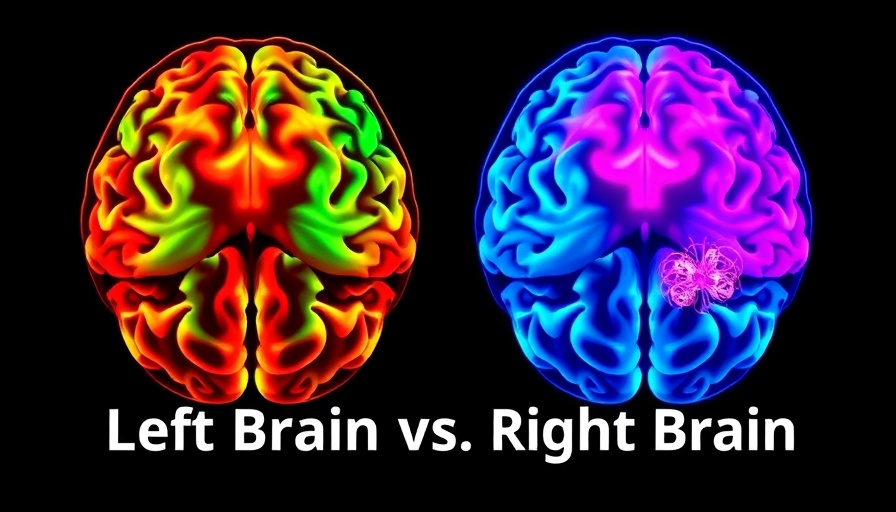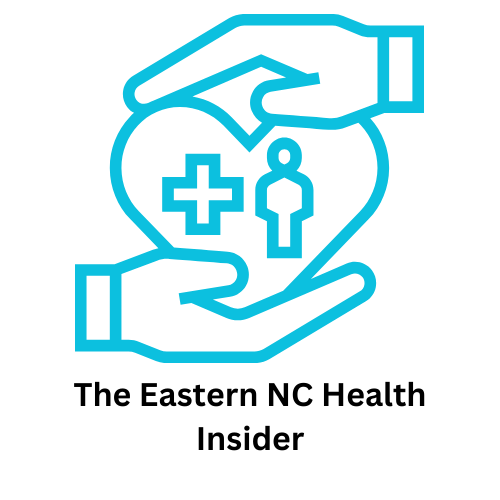
Understanding the Left Brain and Right Brain Theory
The concept of left brain versus right brain is a widely held belief that associates certain cognitive functions with specific hemispheres of the brain. The left brain is often described as the analytical and logical side, responsible for tasks such as language, mathematics, and critical thinking. Meanwhile, the right brain is seen as the creative and intuitive side, associated with artistry, imagination, and holistic thought. This dichotomy has not only fascinated psychologists and neuroscientists but has also permeated popular culture, influencing how we perceive our own abilities and those of others.
The Balance Between Hemispheres: Why It Matters
Understanding the balance between left brain and right brain functions can play a significant role in personal development and parenting strategies. For parents, recognizing that children may exhibit strong tendencies in one hemisphere can inform how they nurture talents and skills. For example, a child who gravitates towards music (often associated with right-brain dominance) might thrive with support in areas like emotional expression and artistic endeavors. Conversely, analytical skills can be nurtured through structured activities that promote logic and reasoning.
Scientific Insights: The Reality Behind the Myth
While the left brain-right brain theory has captured public imagination, scientific research indicates that the reality is far more complex. Studies using brain imaging techniques have shown that while there are some functions that are lateralized to one hemisphere, most tasks require the cooperation of both sides of the brain. For instance, language processing, traditionally thought to be a left-brained function, can also engage the right hemisphere, especially in the context of understanding metaphors or jokes. Therefore, the modern perspective advocates for a more integrated view of brain function.
Practical Applications for Daily Life
Understanding the characteristics of left and right brain functions can assist adults in making better choices in their professional and personal lives. People can leverage their strengths while also working to enhance their weaker areas. For instance, if someone excels in analytical tasks but struggles with creativity, they can intentionally seek out artistic hobbies or activities that encourage open-ended thinking. By striving to develop both sides, individuals can achieve a more well-rounded skill set, which can be advantageous in the increasingly complex world of work and relationships.
Emotional Wellness and its Connection to Cognition
Recent studies suggest that emotional health is intricately linked to cognitive function, further blurring the lines between left brain and right brain traits. Emotional intelligence, which involves recognizing and managing one’s own emotions and understanding the emotions of others, engages multiple areas of the brain. Heightened emotional awareness can enhance creative problem-solving and boost communication skills—demonstrating that the integration of both hemispheres can lead to better outcomes in various life domains.
Encouraging a Holistic Approach in Education
This nuanced understanding emphasizes the importance of holistic education that caters to diverse learning styles. In classrooms, teaching methods that integrate both logical reasoning and creative exploration can foster a richer learning environment for students. Teachers are encouraged to blend analytical skills with creative projects, allowing students to engage with material in various ways, thereby supporting a more comprehensive educational experience.
Future Predictions: The Evolution of Cognitive Science
As research in cognitive science continues to evolve, it is likely that new findings will challenge and refine our understanding of brain function further. With advancements in neuroimaging and analytics, the exploration of brain plasticity and its implications for lifelong learning will become increasingly significant. This future insight points towards the potential for individuals to shape their cognitive abilities throughout their lives, transcending traditional views of fixed brain functions.
Conclusion
The left brain versus right brain theory serves as a springboard for deeper conversations about cognition and personal growth. By understanding how brain functions relate to our various skills and talents, we can foster environments—at home, in school, and in the workplace—that support well-rounded development. As we embrace a more integrated view of brain function, we open the door to new possibilities for enhancing our creativity, analytical skills, and emotional intelligence, ultimately enriching our lives and those of our children.
To explore ways to integrate creative and analytical skills in your or your child's life, consider engaging in workshops, classes, or community activities that promote both types of thinking. Explore resources that challenge you to think differently and expand your horizons.
 Add Row
Add Row  Add
Add 




Write A Comment